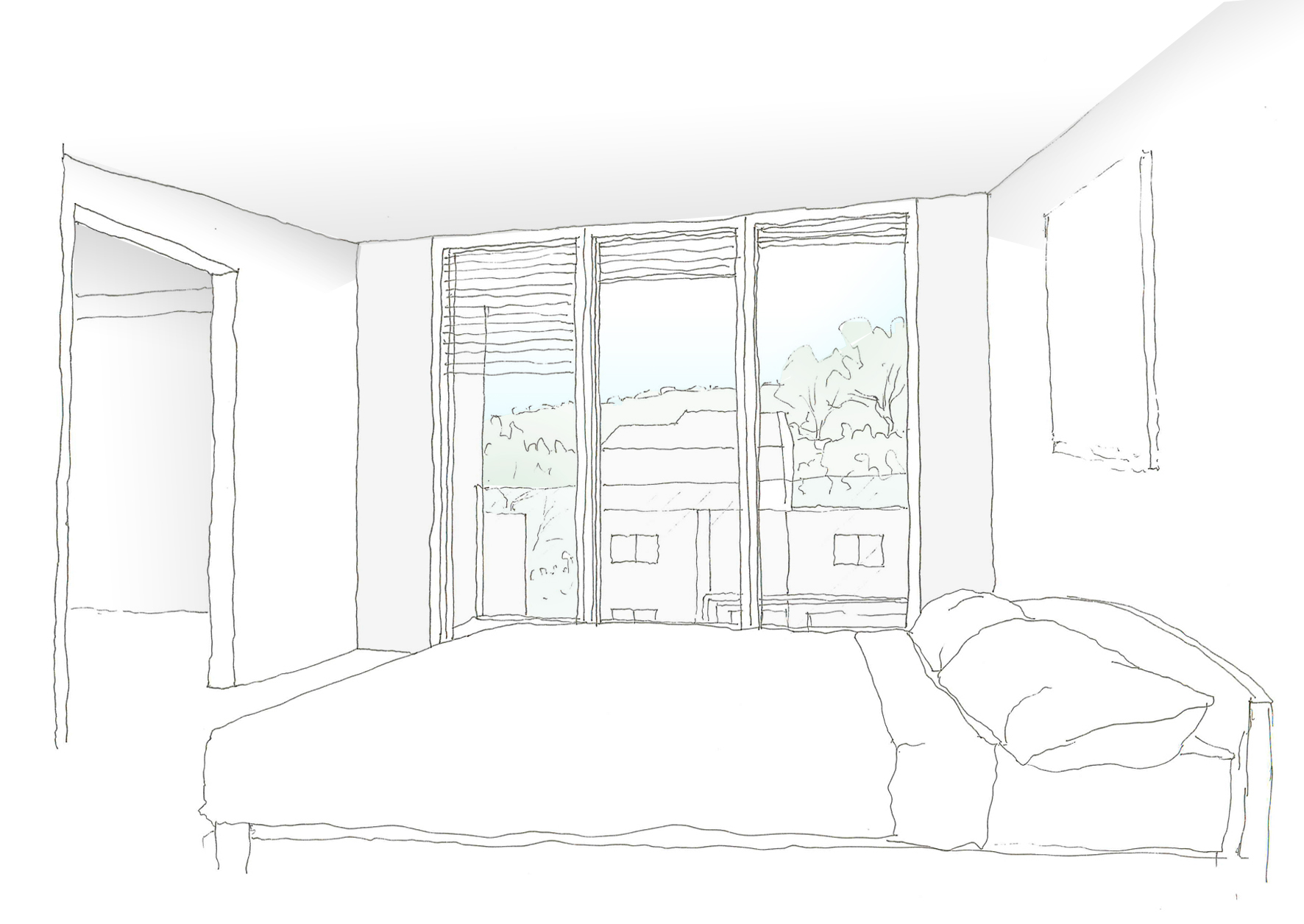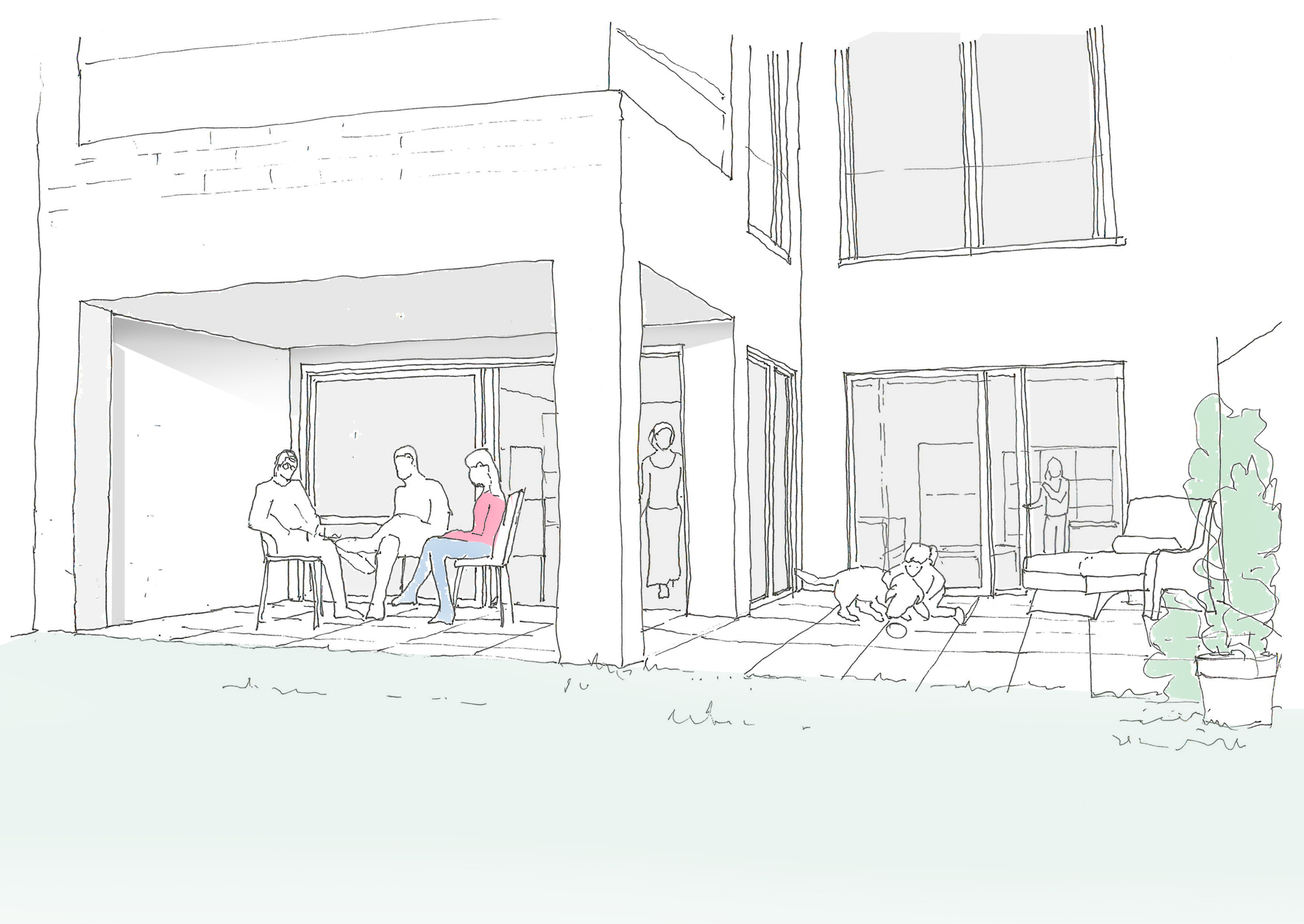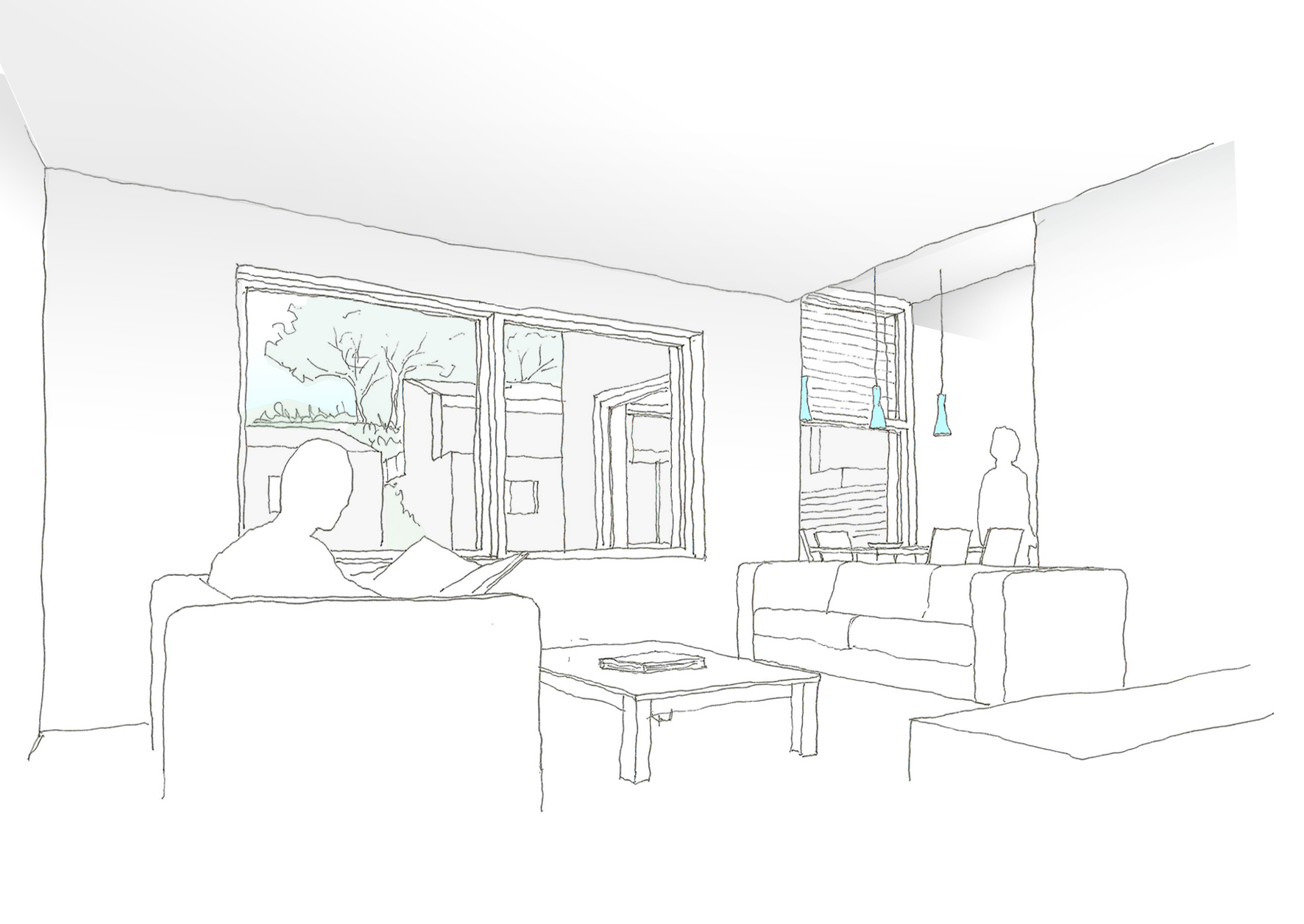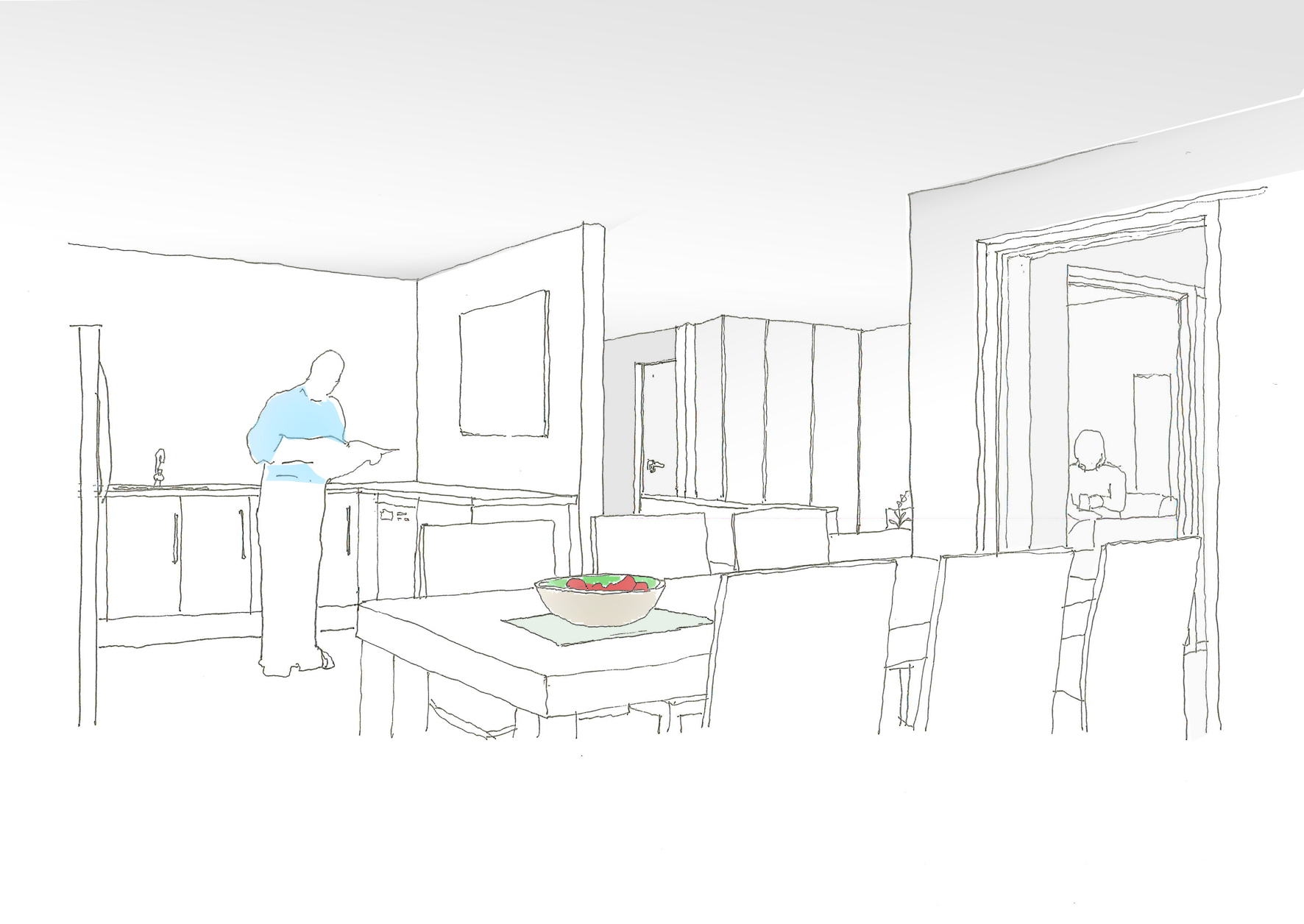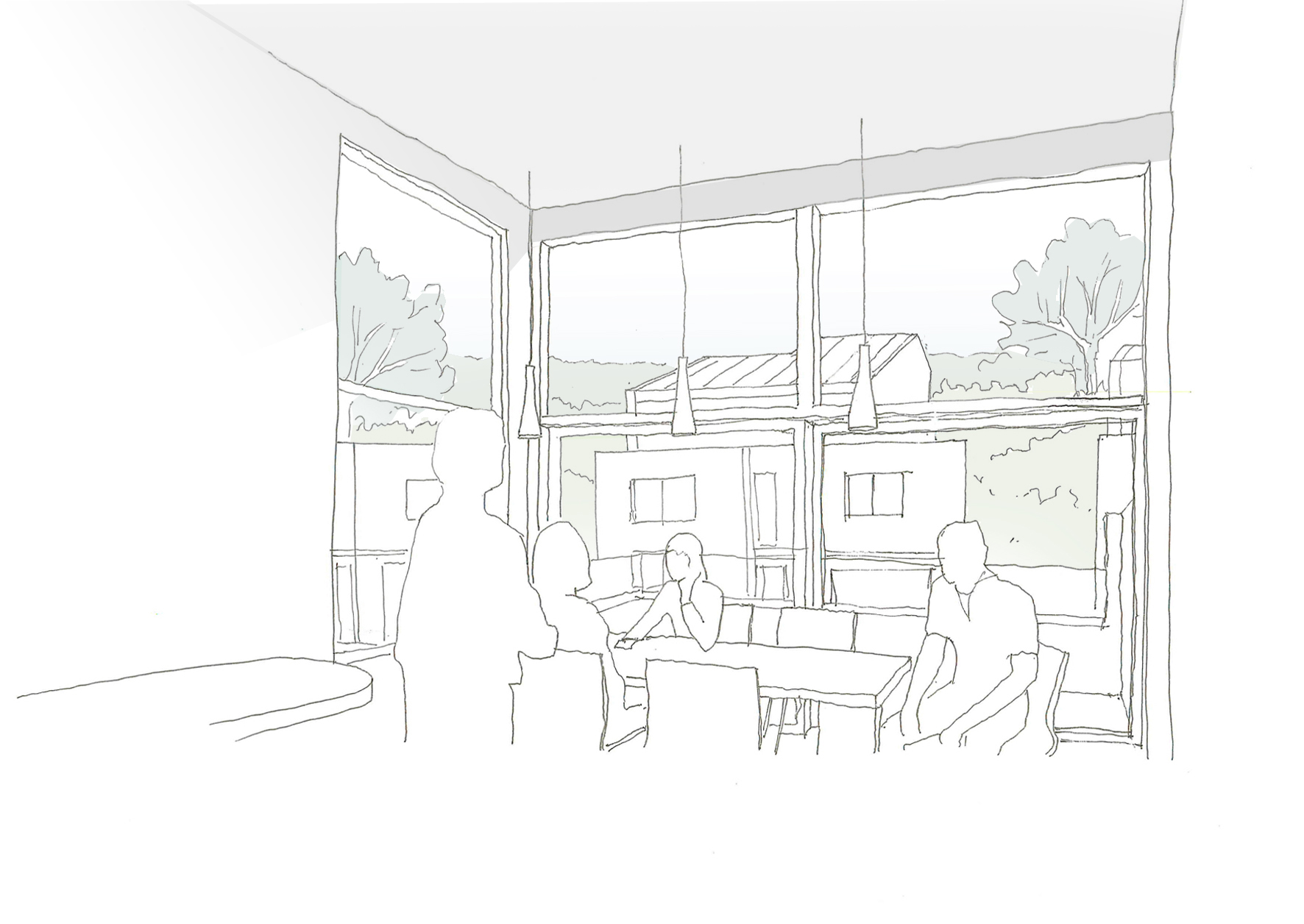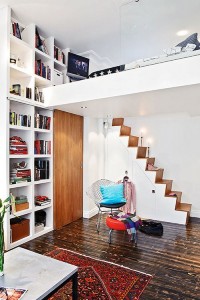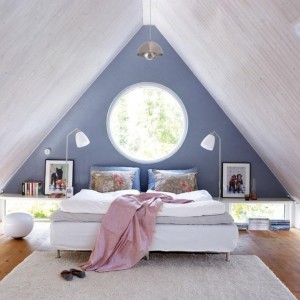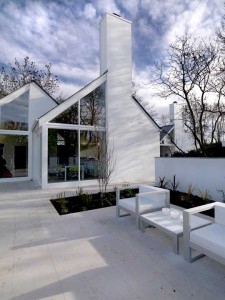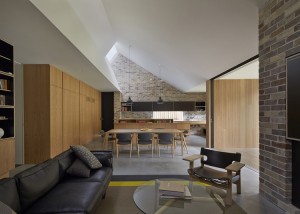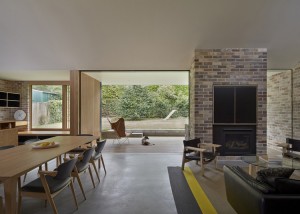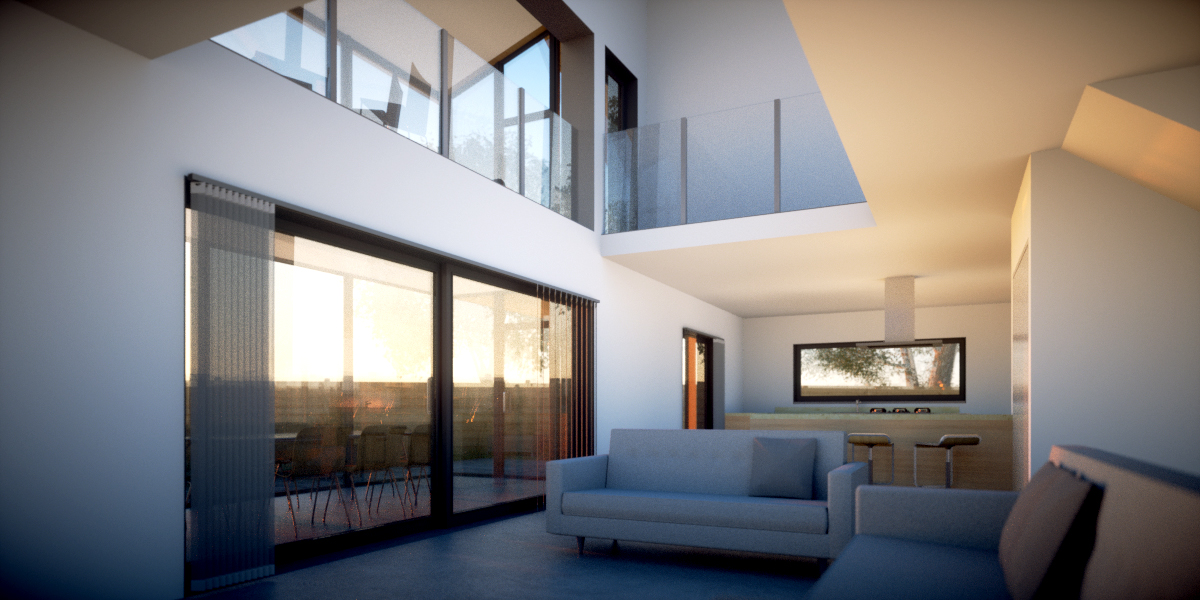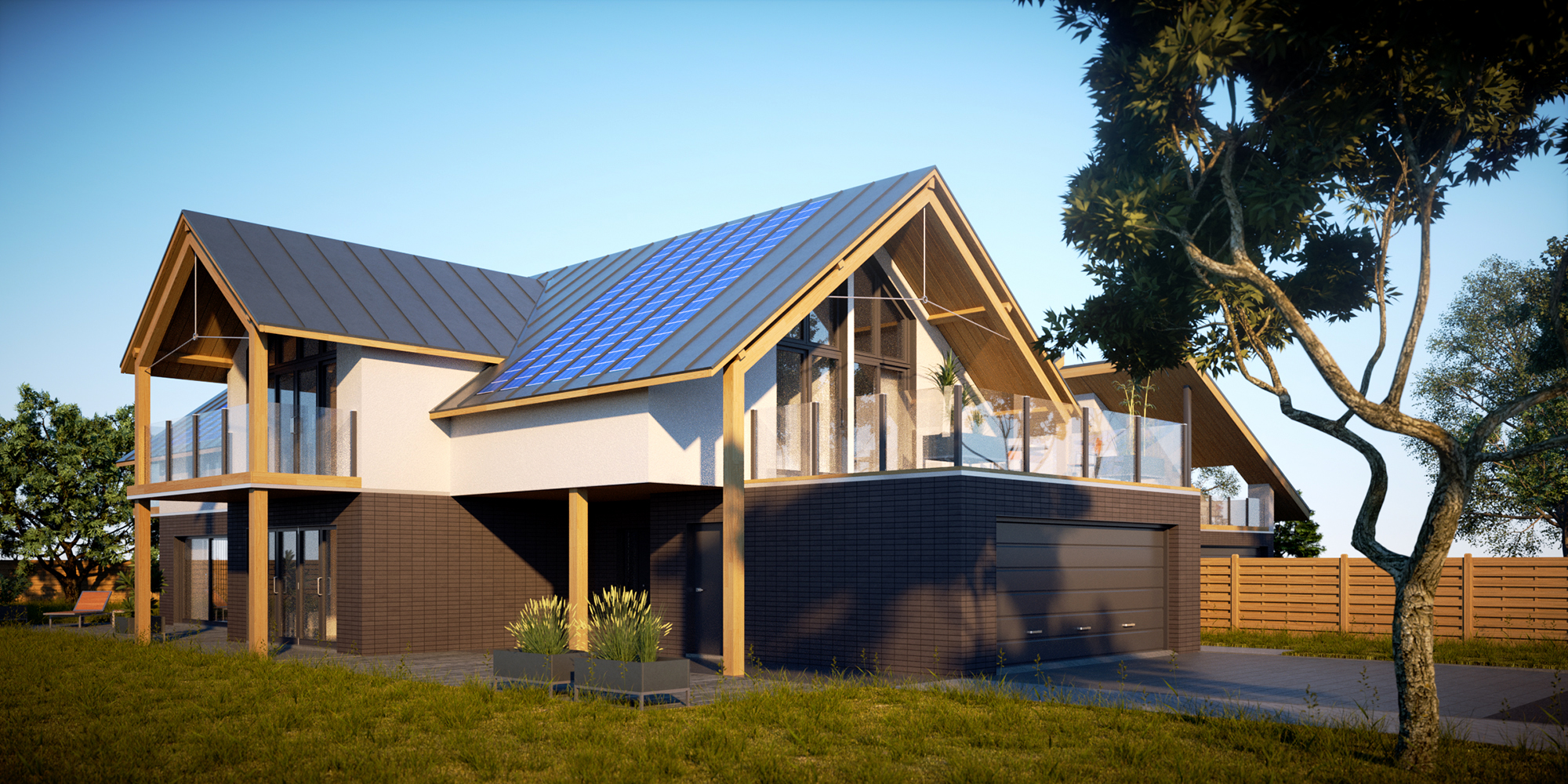Creating a Dementia friendly home
Why is designing homes for people with dementia important?
“Getting design right can make a fundamental difference to the lives of people with dementia. It improves their life experiences and can increase life expectancy”
The Dementia Centre www.dementia.stir.ac.uk
What are the issues?
More than 800,000 people in the UK are living with dementia, with numbers expected to rise to 1.7 million by 2051. Dementia is a huge issue for the UK and the world. The cost to the UK is already around £23 billion per year, and is set to rise to £27 billion by 2018. Globally the estimated costs are $604 billion – 1% of global GDP. It is therefore vitally important that whether we are designing homes specifically for older people, or with everyone in mind – we make sure they incorporate principles that help.
Helping people remain independent is really important, as not only can it help them remain in their own home for longer, but it also helps improve their quality of life – and that of their carers and families.
How can architectural design help?
We want to find ways to design homes to help alleviate the feelings of isolation and fear that many people with dementia encounter. We feel there is an opportunity to improve the overall quality of life for people with dementia which could reduce the need for expensive hospital care.
5 Principles for Housing Design for Dementia
As a starting point here are 6 design principles for developing supportive design to help people with dementia lead a more enjoyable life.
1. Encourage Meaningful Activity by integrating gardens into the design, providing places to walk with frequent resting places, forming social spaces where people can meet, talk and form friendships.
2. Enable familiarity make sure dining areas include smaller more intimate spaces that feel more homely, use recognisable sanitary ware and include photographs of local places to jog memories.
3. Help aid legibility by creating good site lines and uncluttered spaces. Make sure lighting is even and use natural daylight wherever possible. Don’t use shiny floor coverings or confusing patterns, but use soft surfaces that help reduce background noise.
4. Support Orientation by integrating artworks that reflect the seasons, draw in more natural daylight and integrate external spaces within the design. Create framed views of the landscape and nature. Make sure staff spaces are easy to find and staff are visible.
5. Help Wayfinding by using accent colours both in the interior and exterior, using sculpture or building features, clearly identifying bedrooms and social spaces, using pictures for signage along with text.
The Outcomes
Decision making should be eased reducing the agitation and stress that frequently accompanies dementia. People can become more independent and will hopefully interact more with others in their care home or development, which helps with wellbeing and happiness. Homes should feel and be safer, which also helps encourage people to get out, walk around and socialise. Further blogs will look at some of these design principles in more detail and how we can implement them to provide spaces that really help make a difference.

